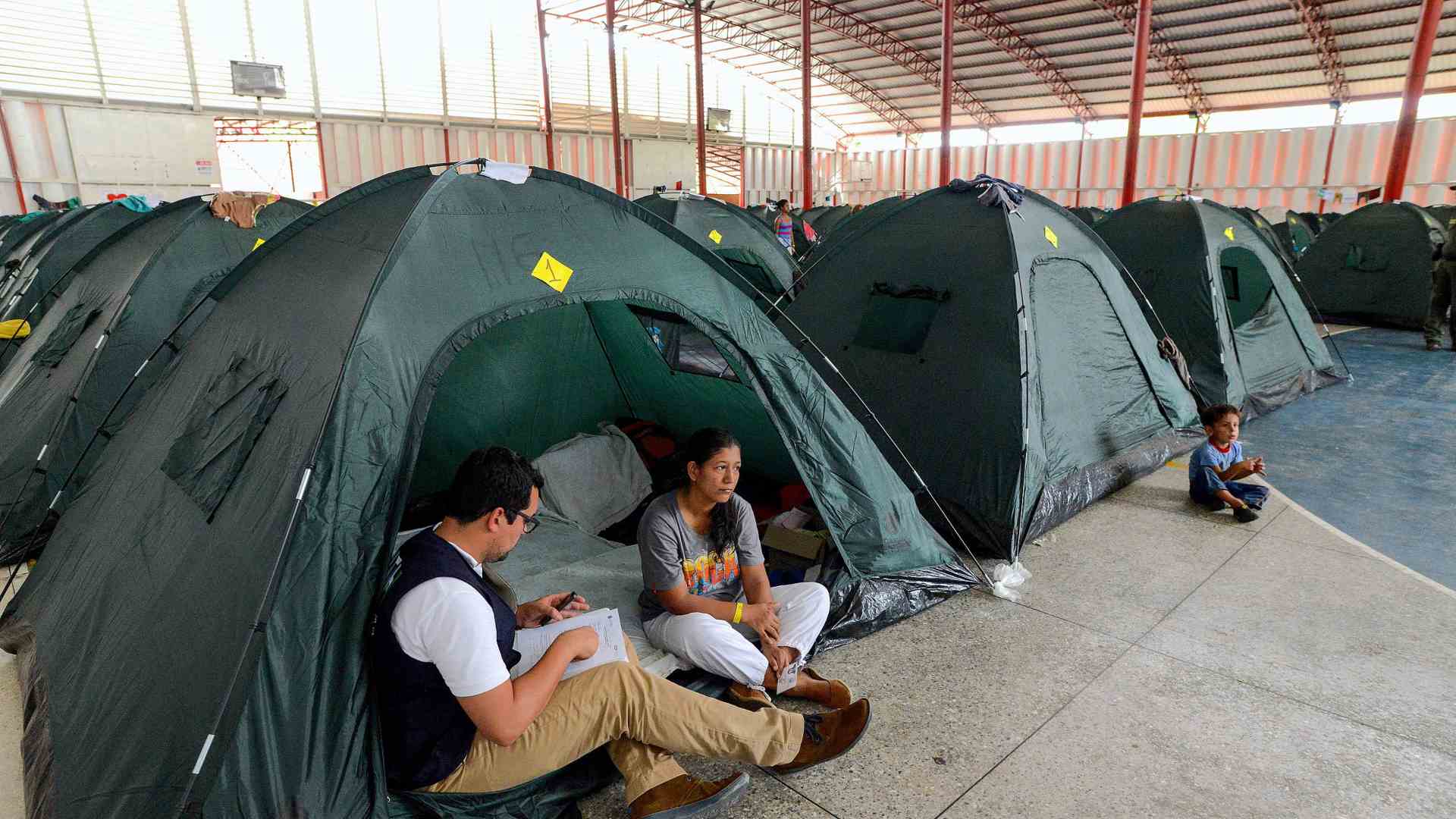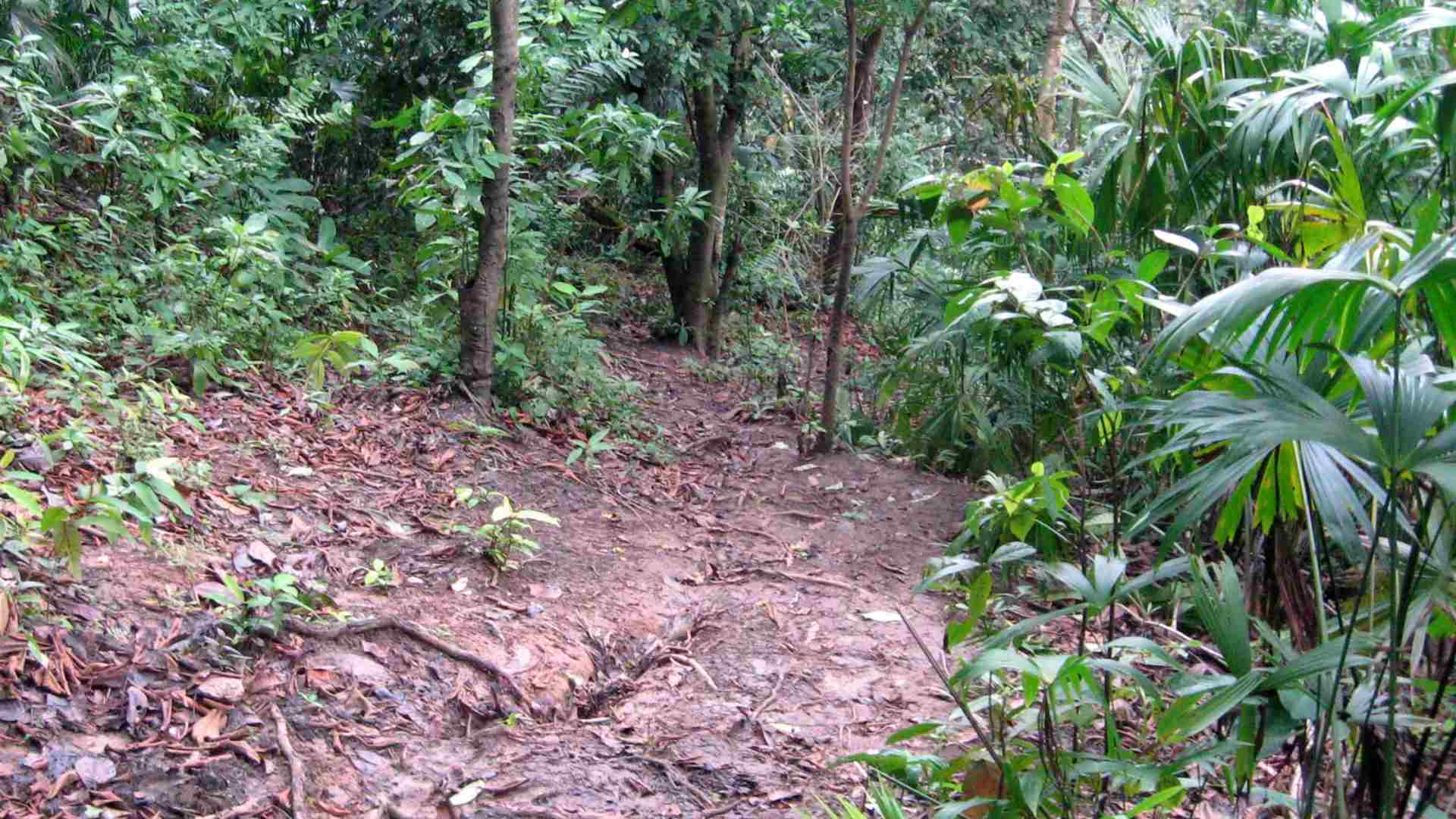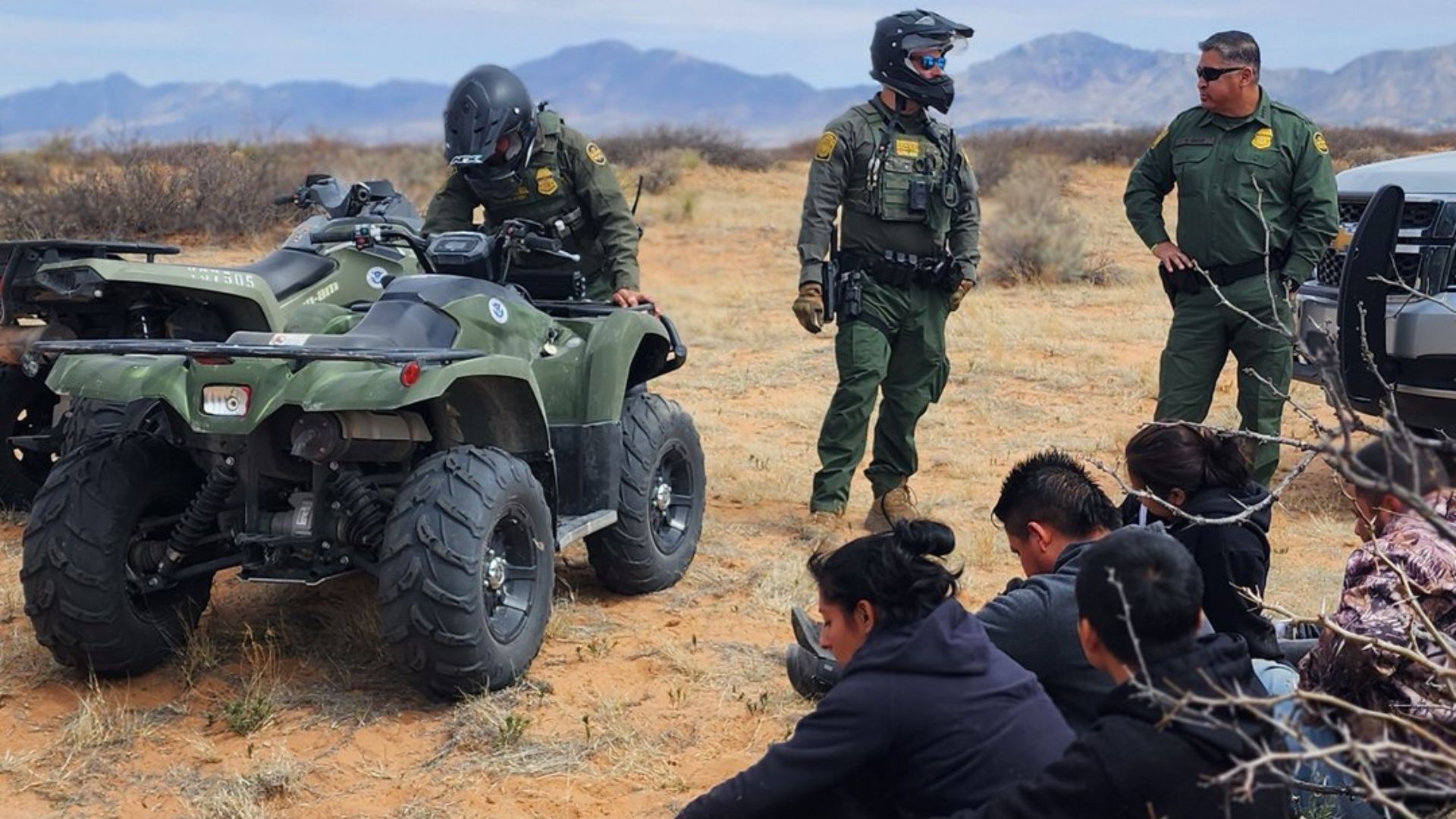The area around the US-Mexico border continues to be increasingly fortified as states like Texas lead the charge in carrying out their own enforcement efforts to stem the tide of flowing migrants.
However, analysts predict that despite this environment of increased border scrutiny, factors US officials can’t control will drive migrants to continue making the journey, with the numbers likely to continue to increase in the next few months.
Outward Migration

Adam Isacson, an analyst at the Washington Office on Latin America, asserts that the number of migrants leaving countries south of the American border continues to increase, and the full effects have not yet been felt.
“In most countries (outward) migration has increased … particularly in Venezuela, and that’s not really reflected yet in the U.S. numbers,” Isacson said.
Venezuela Migrants

Isacson thinks that while Mexican authorities have recently been cracking down on those who would seek to travel north into the US, some have needed to pause for months at different points during the journey.
“There must be a huge number of people from Venezuela bottled up in Mexico right now,” said Isacson.
A Challenge for Authorities

Migrants coming from Venezuela provide a logistical challenge for Mexican and US authorities hoping to send migrants back home.
They have to be flown home on flights and Venezuelan President Nicolás Maduro has recently stopped accepting flights from the US and Mexico in response to sanctions levied by the Biden administration.
Darién Gap

One of the crossing points north between Columbia and Panama is the 100-mile-long tropical jungle called the Darién Gap.
Despite the danger of this terrain which has claimed the lives of hundreds of migrants, many are still making the journey despite the risks. Ariel Ruiz Soto, a senior policy analyst for the Migration Policy Institute, said the dangers in this jungle are not enough of a deterrent for migrants.
Increase in Crossings

The treacherous Darién Gap has seen a 2% increase in crossings in February compared to January, suggesting migrant travelers are pressing through the dangerous crossing conditions.
Many travelers break bones or dislocate joints trying to hike through the challenging terrain, and it has frequent periods of flash flooding and strong river currents which can cause people to drown.
Border Numbers in March

U.S. Customers and Border Protection (CBP) released numbers in March that showed a slight downturn in the number of encounters at the southern border. However, despite this data point, analysts still think that the number of migrants coming into the United States will increase.
It is a common trend for more migrant crossings to occur as the weather warms up and traveling conditions become more favorable.
CBP Comments

Erin Waters, a spokesperson for CBP released a statement detailing the agency’s commitment to stay vigilant in the coming months and is paying attention to “continually shifting migration patterns.”
“CBP continues to work with our partners throughout the hemisphere, including the Government of Mexico, and around the world to disrupt the criminal networks who take advantage of and profit from vulnerable migrants,” Waters said.
Migrant Crossing Behavior is Adapting

Texas, which oversees the largest section of the US-Mexico border has seen its recent enforcement efforts pay off. According to the CPB, the last few months have seen more migrants attempt to cross through places like Arizona and California instead of Texas to stay away from the state’s enforcement measures.
In February, CBS reported that the Tucson sector of the Arionza border has seen hundreds and sometimes thousands of migrants crossing every day and has become the number one crossing hotspot.
Empty Offices

Val Verde Border Humanitarian Operations Director Tiffany Burrow has noticed a shift in migrant crossing behavior. Burrow’s organization helps new arrivals who cross the border in Del Rio, Texas and she notes that she only helped three migrants in March. In December the organization helped 13,511 migrants.
“It’s empty,” Burrow said, pointing to her organization’s office. “There are no migrants.”
Cartel Threats

Migrants crossing into the United States do not have an easy journey. These travelers have to deal with numerous agencies trying to stop them, adverse temperatures, and violent cartel members firing guns.
One story saw a migrant named Maria bleeding when she was grazed by bullets from cartel members who shot at vehicles transporting migrants to the border. “I was bleeding a lot,” Maria said in Spanish while describing the fear she felt. “The terrible pain came later.”
Texas Efforts

While many migrants are overjoyed when they finally overcome the treacherous journey to reach the country, states like Texas are attempting to make it easier to send them back.
Last year Texas passed a law called SB4, which would empower local and state police to arrest migrants they think are in the country illegally, a job that is usually reserved to federal authorities. Governor Greg Abbott of Texas has directed the state to spend over $11 billion in an initiative to crack down on border crosses, a task he sees the federal government as failing to do.
